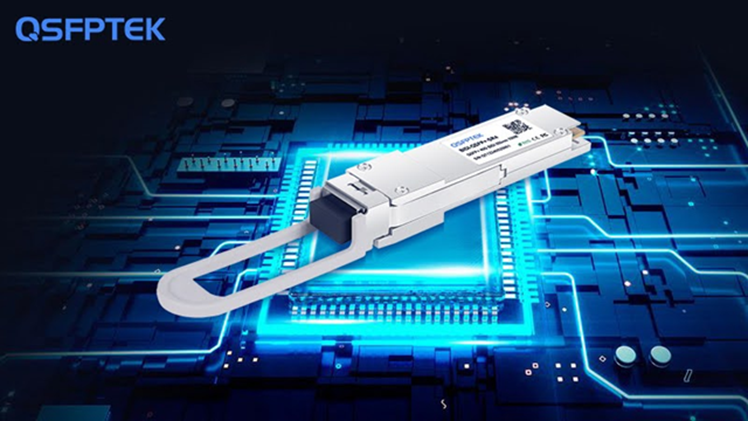As modern enterprises evolve toward higher connectivity demands, campus networks are under increasing pressure to deliver greater bandwidth, lower latency, and scalable infrastructure. The 40G SR4 (Short Range 4-lane) optical module has emerged as a key solution in meeting these challenges, particularly in the aggregation and core layers of large-scale campus networks. Combining high data throughput with cost-effective deployment, 40G SR4 continues to serve as a reliable bridge between legacy 10G systems and next-generation 100G environments.
Understanding 40G SR4 Technology
The 40G SR4 module is based on the QSFP+ standard and operates over multimode fiber (MMF) using MPO/MTP connectors. It transmits data through four parallel channels at 10 Gbps each, resulting in an aggregated data rate of 40 Gbps. With a typical transmission distance of up to 100 meters over OM3 and 150 meters over OM4 fibers, 40G SR4 is designed for short-range, high-speed connections — ideal for data aggregation points within campus networks.
Why 40G SR4 Matters in Campus Networks
In campus network design, traffic aggregation between access and core layers is crucial. As more devices, applications, and IoT endpoints generate massive amounts of data, the aggregation layer must handle increasing bandwidth demands. The 40G SR4 module provides the necessary throughput for these connections without the complexity and cost associated with long-range optics.
Moreover, 40G SR4 supports parallel optical transmission, allowing for high-density connectivity in limited rack space. This makes it particularly valuable in aggregation switches and core routers within campus environments where efficient port utilization and cable management are key considerations.
Simplified Cabling with MTP/MPO Infrastructure
One of the main advantages of 40G SR4 deployment lies in its compatibility with MTP/MPO cabling systems. This parallel fiber design simplifies the installation and reduces the number of physical connections compared to traditional duplex fiber systems. With proper polarity management (Type B MPO cables typically used), the setup process is streamlined, minimizing installation time and error risks.
Campus network administrators can also benefit from easy migration options. With MTP-LC breakout cables, 40G SR4 ports can connect to four 10G SFP+ devices, supporting hybrid environments that mix legacy 10G access switches with 40G uplinks. This makes it easier for organizations to scale their networks gradually, protecting previous infrastructure investments.
The Role of 40G SR4 in Aggregation Layers
In the aggregation layer, where multiple access switches converge, 40G SR4 modules provide the bandwidth necessary to prevent bottlenecks. They ensure fast inter-switch communication and seamless data flow toward the core network. For example, 40G SR4 links are commonly used to connect top-of-rack (ToR) or end-of-row (EoR) switches to aggregation switches, ensuring efficient traffic distribution across departments or buildings.
Compared with other 40G options, such as 40G LR4, the SR4 solution is significantly more cost-effective for short-distance applications. The use of multimode fiber not only lowers cabling costs but also simplifies maintenance, making SR4 an ideal choice for campus aggregation links that typically span within buildings or across short distances.
Conclusion
The 40G SR4 optical module remains a cornerstone of modern campus network design, offering an optimal balance of speed, scalability, and affordability. Its compatibility with MTP/MPO cabling, flexible migration path from 10G to higher speeds, and suitability for aggregation layers make it a practical choice for organizations aiming to modernize their network infrastructure. As the demand for high-speed connectivity continues to grow, 40G SR4 will continue to play a vital role in supporting efficient and scalable campus networks.

